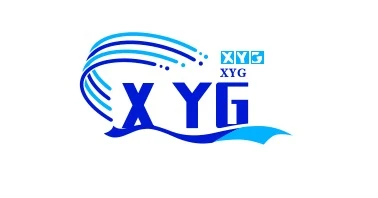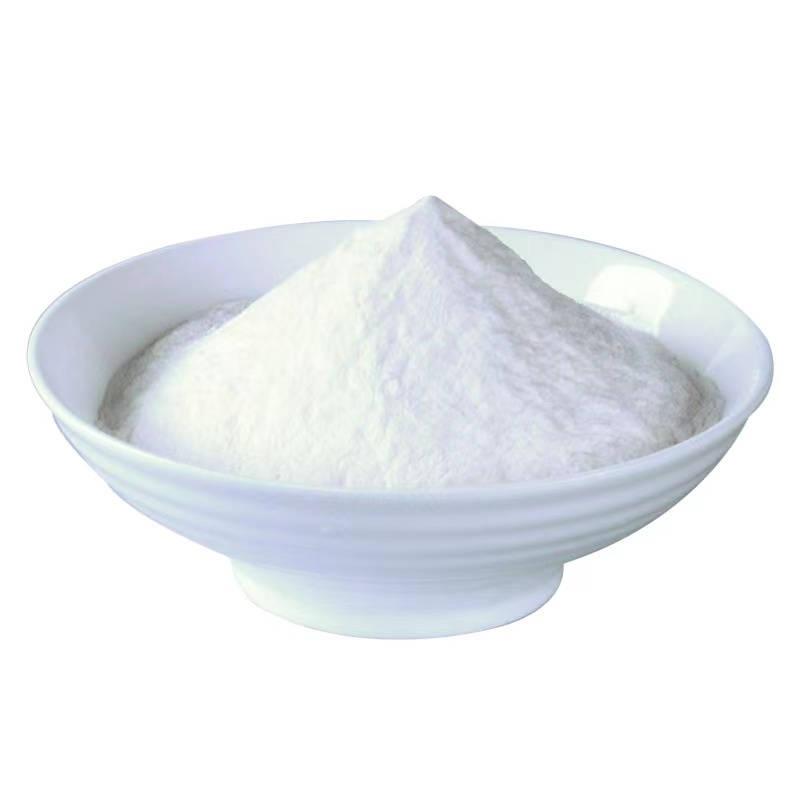
News
Mar . 14, 2024 09:49 Back to list
Performance Enhancing Anabolic Steroid Abuse in Women
Number 484 (Reaffirmed 2021)
Committee on Gynecologic Practice
This document reflects emerging clinical and scientific advances as of the date issued and is subject to change. The information should not be construed as dictating an exclusive course of treatment or procedure to be followed.
ABSTRACT: Anabolic steroids are composed of testosterone and other substances related to testosterone that promote growth of skeletal muscle, increase hemoglobin concentration, and mediate secondary sexual characteristics. These substances have been in use since the 1930s to promote muscle growth, improve athletic performance, and enhance cosmetic appearance. Although anabolic steroids are controlled substances, only to be prescribed by a physician, it is currently possible to obtain anabolic steroids illegally without a prescription. There are significant negative physical and psychologic effects of anabolic steroid use, which in women can cause significant cosmetic and reproductive changes. Anabolic steroid use can be addictive and, therefore, difficult to stop. Treatment for anabolic steroid abuse generally involves education, counseling, and management of withdrawal symptoms. Health care providers are encouraged to address the use of these substances, encourage cessation, and refer patients to substance abuse treatment centers to prevent the long-term irreversible consequences of anabolic steroid use.
History
Anabolic steroids were first discovered to promote muscle growth and enhance athletic performance in the 1930s. Since the 1950s, these substances have been used by body builders, athletes, and others to improve performance and enhance cosmetic appearance. In 1975, the International Olympic Committee first banned the use of anabolic steroids. Now most athletic organizations prohibit the use of these substances, and drug testing has become routine in professional sports 1. A growing awareness of steroid abuse also has led to federal regulation of these substances. Anabolic steroids were first classified as schedule III controlled substances in 1990, and in 2004, a new law expanded the definition of anabolic steroids to include substances that could be converted to testosterone, such as androstenedione 2. Current clinical uses of these substances in women include libido disorders, cachexia related to chronic disease such as human immunodeficiency virus (HIV), and anemia. Clinical use requires a prescription from a licensed physician and close observation 3.
Prevalence
Although the exact prevalence of anabolic steroid use is not known, data from the National Household Survey on Drug Abuse estimates that approximately 1 million individuals in the United States are current or former anabolic steroid users, and that more than 300,000 individuals use these substances annually 4. The 2009 Youth Risk Behavior Surveillance Study evaluated more than 16,400 high-school adolescents and reported a lifetime prevalence of use of 2.2% in girls 5.
Risk Factors of Abuse
Pressure to perform well is pervasive throughout amateur and professional athletics and can lead some individuals to pursue unsafe and illegal means to enhance performance. Anabolic steroids have been shown to improve athletic performance by increasing muscle strength and aggressiveness 1. Another motivation to take anabolic steroids is to improve physical appearance because these substances increase muscle size and reduce body fat. Factors that predict anabolic steroid use in teenagers include perceived social pressure to increase muscularity, depression, and a negative body image. In addition, steroid users are more likely to have participated in high-school sports, used other illicit substances, and engaged in other risky behaviors. Individuals are likely to begin steroid use in their late teenaged years and 20s.
Types of Substances
Anabolic steroids are composed of testosterone and other substances related to testosterone that promote growth of skeletal muscle, increase hemoglobin concentration, and mediate secondary sexual characteristics. Supraphysiologic doses of testosterone, which result in serum testosterone levels 10–100 times the normal level, are required to have the desired cosmetic and athletic effect 6 7. Because oral and injectable testosterone is inactive, testosterone esters and ethers have been developed to enhance bioavailability when administered intramuscularly, transdermally, and orally Box 1.
Box 1.
Types of Steroid Preparations to Enhance Bioavailability
Oral Preparations
Fluoxymesterone
Mesterolone
Methandienone
Methyltestosterone
Mibolerone
Oxandrolone
Oxymetholone
Stanozolol
Dihydrotestosterone
Androstenedione
Intramuscular Preparations
Boldenone undecylenate
Methenolone enanthate
Nandrolone decanoate
Nandrolone phenpropionate
Testosterone cypionate
Testosterone enanthate
Testosterone propionate
Trenbolone acetate
Polypharmacy and drug cycling (starting and stopping) and use of new preparations with very short half-lives are common among steroid abusers to evade detection of these substances during drug testing. Although anabolic steroids are controlled substances, only to be prescribed by a physician, it is currently possible to obtain anabolic steroids illegally without a prescription. Some dietary and body building supplements sold over the Internet are mislabeled and can contain anabolic steroids. Alternatively, these substances are imported and sold illegally.
Other Drugs of Abuse
Other substances, not considered anabolic steroids, are also inappropriately used for cosmetic and athletic enhancement purposes. Some of these substances include danazol, dehydroepiandrosterone sulfate, growth hormone, human chorionic gonadotropin, insulin, and levothyroxine. These medications are more easily obtained because they are not considered controlled substances. Some medications, such as dehydroepiandrosterone sulfate, are considered dietary supplements and can be purchased over the counter. These preparations can have serious risks when used for nonmedical purposes, some of which may be similar to those of anabolic steroids. As previously noted, many dietary supplements actually contain anabolic steroids even though the labeling does not reflect this. It is important to recognize and inform patients that dietary supplements do not require close government regulation 8. More information on anabolic steroids is available at http://www.usada.org/.
Adverse Effects
There are significant negative physical and psychologic effects of anabolic steroid use. Anabolic steroid use in women can cause significant cosmetic and reproductive changes Box 2. In addition, these substances can have a negative effect on serum lipid parameters, liver function (particularly with 17-methylated steroids), glucose tolerance, and they can significantly increase the risk of cardiovascular disease and thrombotic events, including venous thromboembolism, stroke, and myocardial infarction 9. Anabolic steroid use during pregnancy may cause virilization of a female fetus. Psychologic effects include irritability, hostility, mood changes, personality changes, and psychosis 2. Changes in the biomechanics of limb movements caused by use of anabolic steroids also can lead to tendon injuries. Use of unsanitary needles and sharing needles puts users at risk of infections such as hepatitis, HIV, and intramuscular abscesses 10. Some of these health risks are irreversible.
-
Using tadalafil to promote hair growth and combat hair loss effectively.
NewsJul.10,2024
-
Generating a title similar to palmitoyl oligopeptide could be Oligopeptide containing palmitoyl for skincare benefits and rejuvenation.
NewsJul.10,2024
-
Similarity of the compound tra% 100mg/ml in different pharmaceutical formulations
NewsJul.10,2024
-
Negative impacts of tadalafil on health and well-being
NewsJul.10,2024
-
Anastrozole 0.5 mg twice per week for treatment of cancer patients
NewsJul.10,2024
-
Reviewing the effectiveness of kisspeptin in enhancing reproductive health and fertility.
NewsJul.10,2024

